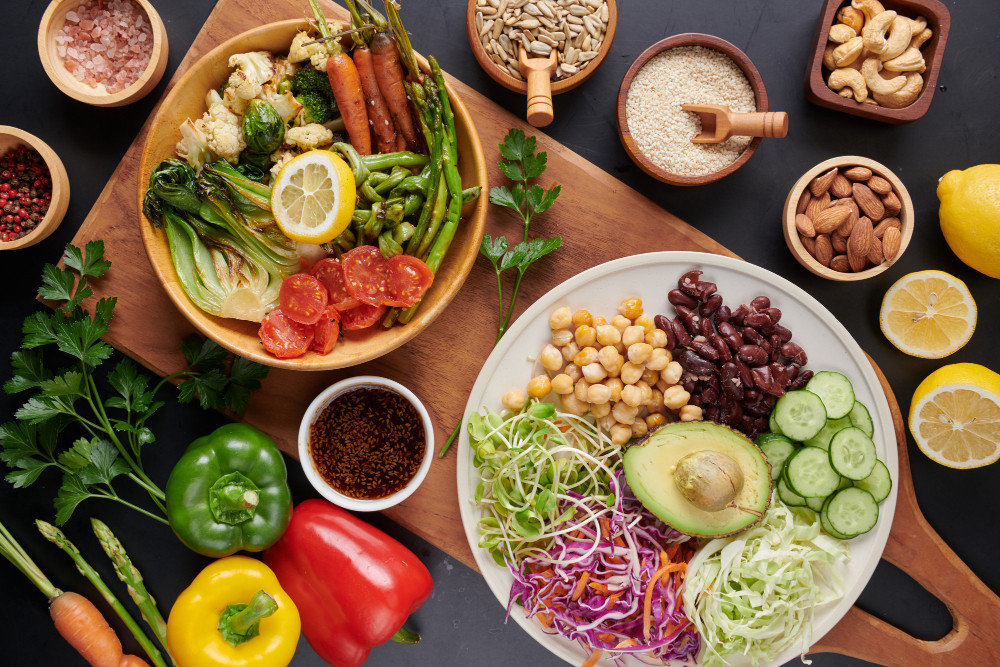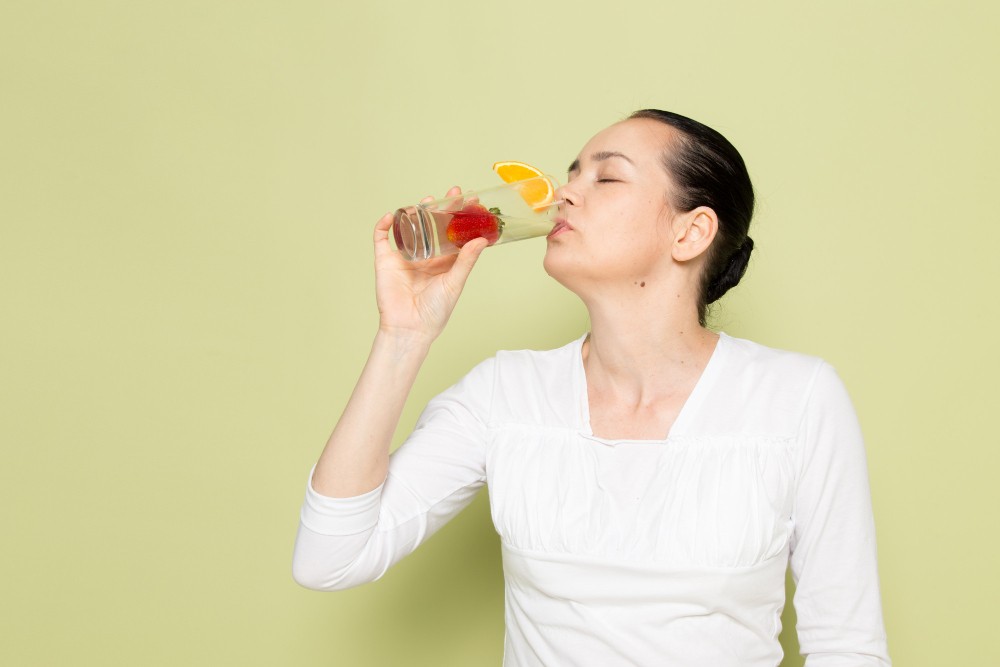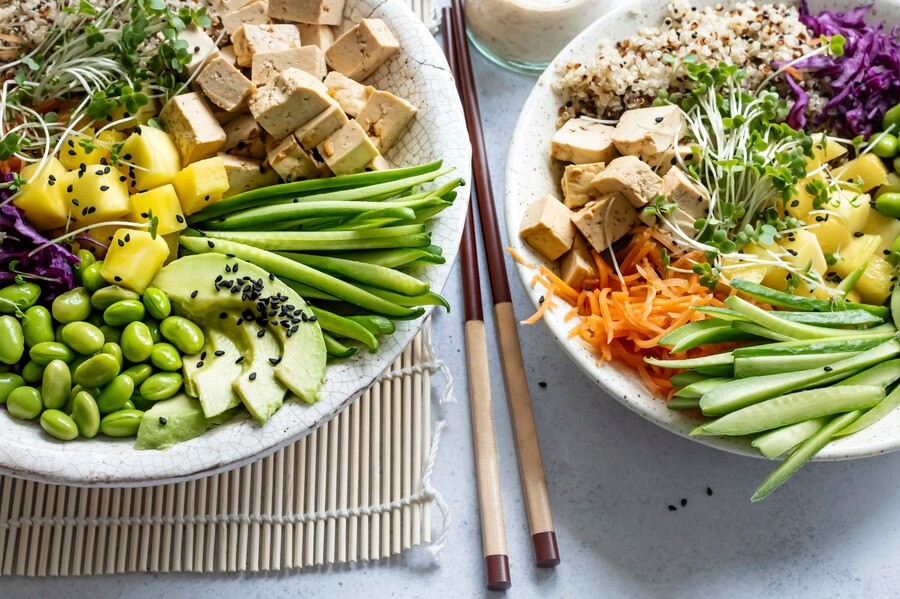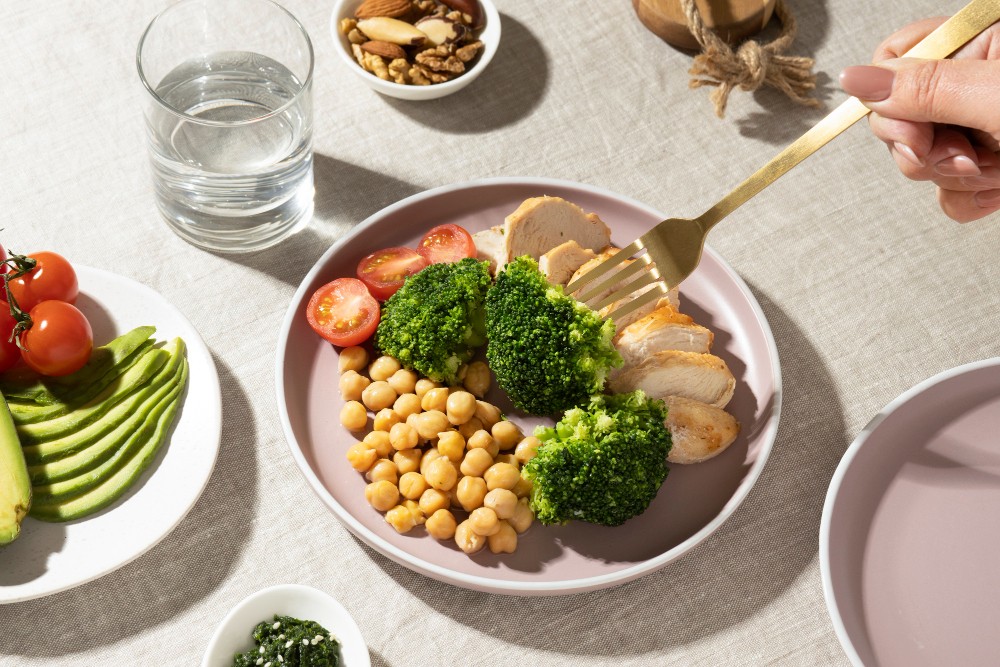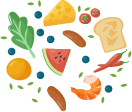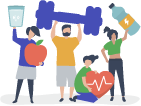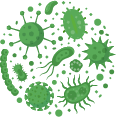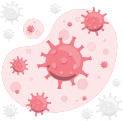There are various eating patterns that can help you lose weight, one of which is clean eating. This dietary approach is widely adopted by health enthusiasts to stabilize weight and maintain overall health.
What is Clean Eating?
When you hear the term "clean eating," you might think of a diet that emphasizes consuming only clean and healthy foods. While this idea is not entirely wrong, clean eating specifically refers to a dietary pattern where you consume fresh ingredients that undergo minimal cooking processes.
In clean eating, it is advised to avoid processed foods such as canned goods, instant meals, frozen foods, and other items that contain preservatives like snacks or candies.
Eating minimally processed foods is believed to boost your body's metabolism (the process by which your body converts food into energy), helping you burn more calories.
Additionally, a clean eating diet can make you feel fuller while providing essential nutrients (such as vitamins, minerals, and fiber) that are beneficial for heart and brain health.
What Are the Best Practices for Clean Eating?
According to WebMD, here are some ways to apply clean eating in your daily diet:
1. Choose Whole Foods
The fundamental concept of clean eating is selecting minimally processed foods, both in terms of form and texture. Instead of choosing packaged or canned foods, it is better to opt for fresh ingredients. For example, choose fresh chicken instead of sausages or corned beef. Opt for whole potatoes instead of instant mashed potatoes.
Consuming processed foods means you also intake unnecessary substances like preservatives, coloring agents, and other additives, which clean eating seeks to avoid.
2. Eat Whole Grains
In clean eating, it is recommended to consume whole grains (grains that retain their fiber and nutrients) like oatmeal, popcorn, barley, and bulgur. Eating these whole grains is healthier compared to rice, pasta, or bread, which are processed foods that have lost some of their nutritional value during processing.
3. Increase Fruit and Vegetable Intake
Fruits and vegetables are staple foods in a clean eating plan. Some dieters advise against eating pre-packaged vegetables available in supermarkets, but many believe that any fresh vegetables in good condition have comparable health benefits and nutritional content.
For fruits, you are encouraged to consume them in their whole form rather than in juice or packaged drinks.
4. Drink Plenty of Water
In clean eating, you should increase your water intake and reduce the consumption of foods with added substances, such as packaged drinks or soda.
Besides minimizing sugar intake, drinking more water can help you feel fuller and keep your body refreshed.
5. Eat Smaller Portions More Frequently
One concept of clean eating is to eat smaller portions six times a day. Don't skip breakfast, and aim for a meal with low-fat protein (such as lean chicken, fish, or tofu) and complex carbohydrates (such as brown rice, sweet potatoes, or quinoa). This eating pattern will keep you fuller longer and prevent hunger while still providing enough energy for your activities.
The clean eating approach encourages you to consume foods in their most natural form with minimal processing. While it offers health benefits, some people find clean eating too strict, as it eliminates certain seasonings and additives in cooking.
If you are considering adopting a clean eating lifestyle, it is advisable to consult with a doctor or a nutritionist first.
If you need medical advice or consultation, you can either visit a doctor or make use of the consultation features that are available in the Ai Care application by downloading the Ai Care application from the App Store or Play Store.
Looking for more tips and tricks for health, first aid, and other home remedies? Click here!
- dr Nadia Opmalina
WebMD. 9 Ways to Eat Clean. Available from: https://www.webmd.com/diet/ss/slideshow-how-to-eat-clean
Lee, W. (2021). The Eat-Clean Diet Review. Available from: https://www.webmd.com/diet/a-z/eat-clean-diet
Fernando, I. (2022). 11 Simple Ways to Focus on Whole Foods Instead of Clean Eating. Available from: https://www.healthline.com/nutrition/11-ways-to-eat-clean
Nall, R. (2018). What is the truth about clean eating?. Available from: https://www.medicalnewstoday.com/articles/320865
Health Harvard. (2020). Clean eating: The good and the bad. Available from: https://www.health.harvard.edu/staying-healthy/clean-eating-the-good-and-the-bad


